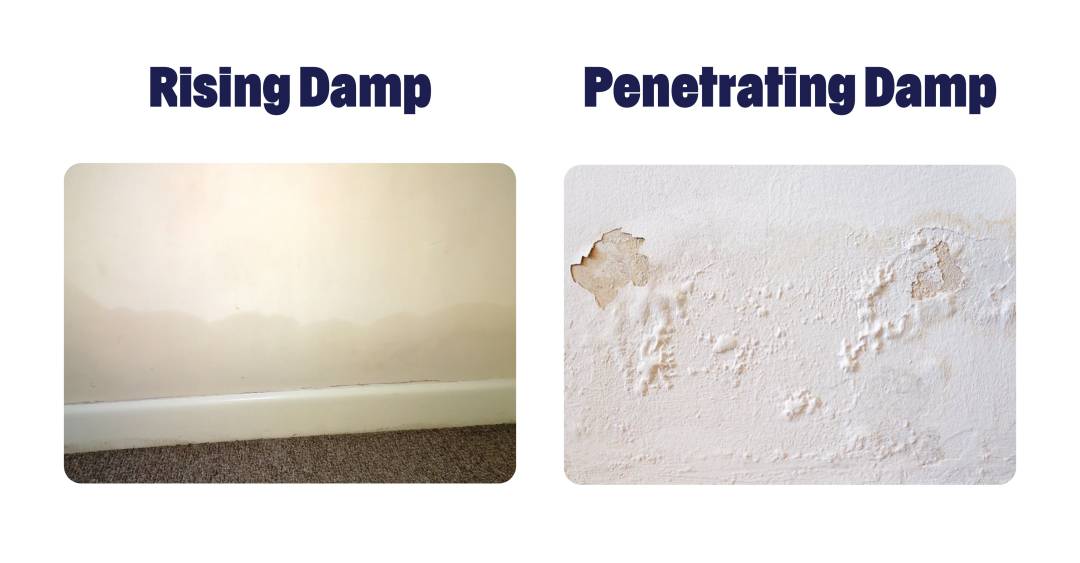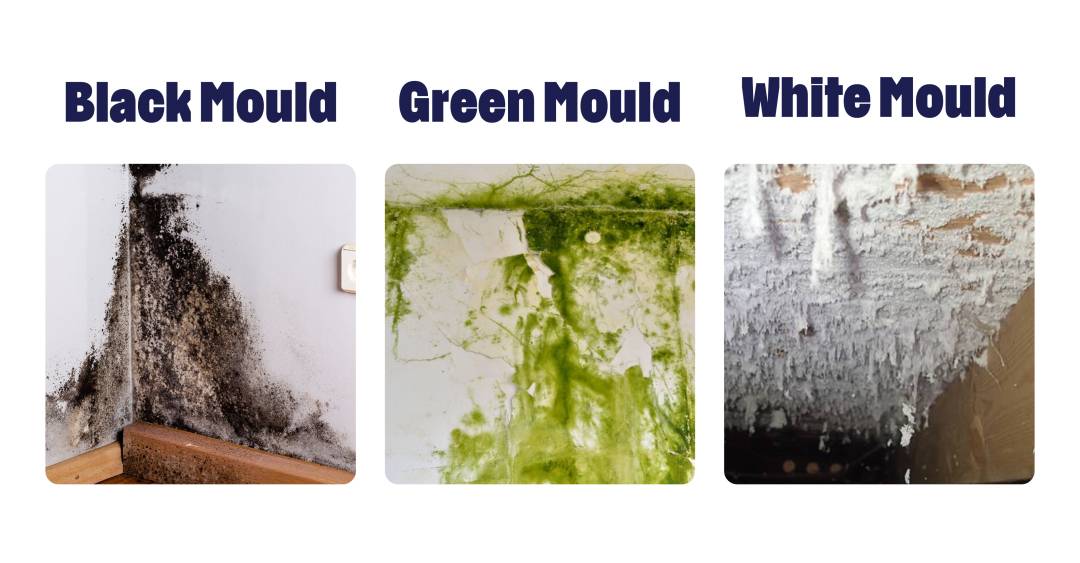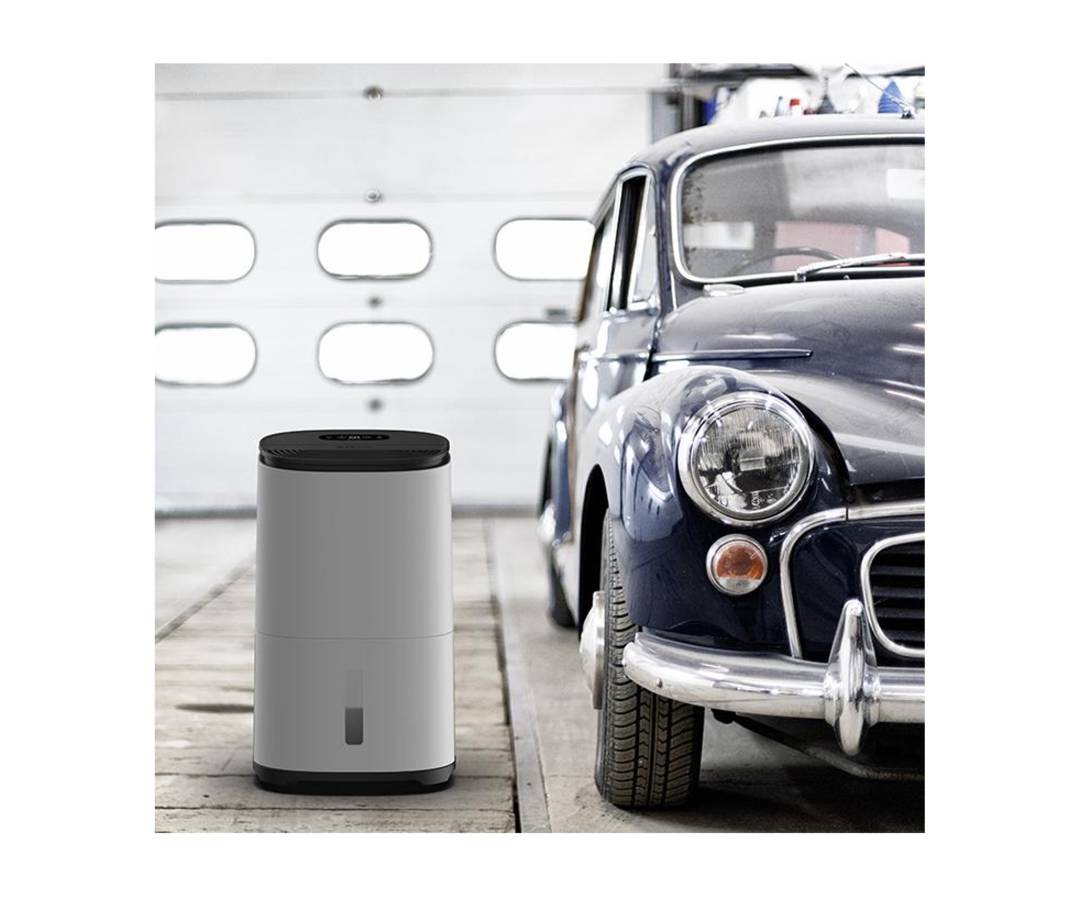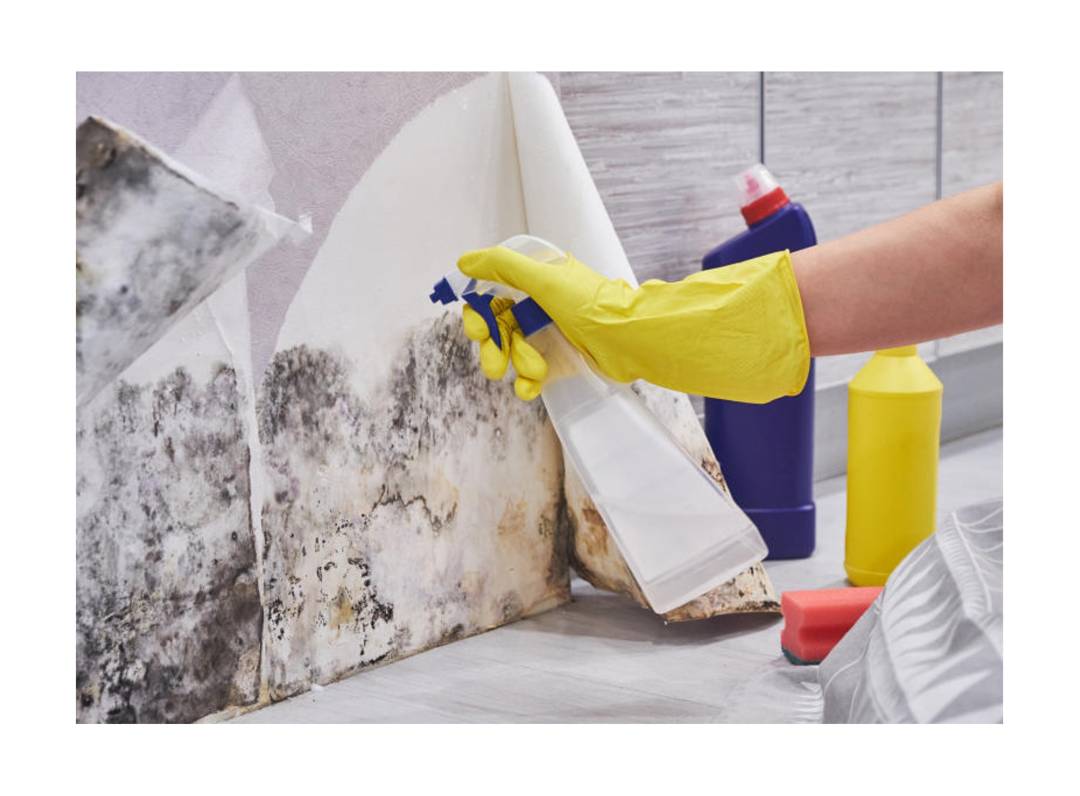How to Prevent and Remove Damp and Mould from your Garage
Damp and mould are a common sight in garages. In this article we break down the causes of damp and mould, show you how to identify it, and give you practical tips and solutions on how to stop damp and mould in garages.
Find a garage
Browse garage spaces to rent
Find a garage
1. What causes damp and mould in garages
The most common causes of damp and mould in garages include:
- Wide entrances: Garages often have wide entrances that not only allow vehicles but also water to get through during heavy rainfall. This can lead to water ingress and an increased risk of mould. The larger surface area of wide entrances means there is more space for moisture to accumulate and be absorbed by porous materials such as concrete, wood, or drywall.
- Poor ventilation: Garages that have poor ventilation are more susceptible to condensation, which can lead to damp and mould. Poor ventilation and lack of fresh air traps moisture within the garage, leading to elevated humidity levels. Running appliances like a drying machine further adds to the moisture in the air, creating a breeding ground for mould.
Related
Water Damage in Your Garage - What Causes It and 9 Ways to Prevent It
- Water leaks: A common cause of damp in garages is water leaks from the roof or walls, often stemming from compromised roofing materials or cracks in the walls These leaks can lead to water damage and the growth of mould.
- High humidity: Homes located in areas with high humidity are more susceptible to damp and mould, as the humidity in the air can settle on cold surfaces and create condensation. In areas with high humidity, moisture levels in the air can become elevated, leading to discomfort and potential health risks for occupants. Prolonged exposure to high humidity levels can also lead to structural damage by causing moisture to penetrate porous materials like wood and drywall, resulting in swelling, warping, and decay. This degradation often requires costly repairs or replacements of affected materials.
- Rising Damp: This is when moisture from the ground seeps upward through walls or floors, causing visible damp patches. This dampness can lead to mould growth and damage to the building materials over time.
- Penetrating Damp: Penetrating damp in garages can result from various sources of water ingress, such as damaged guttering, roof leaks, or cracks in walls. These vulnerabilities compromise the waterproofing of the garage, allowing water to penetrate through specific areas and cause dampness, potentially leading to structural damage and mould growth if left unaddressed.

2. How to identify mould in garages
Mould can grow in garages if the conditions are right, and it's important to be able to identify it so that it can be properly removed.
The most common types of mould are black mould, green mould, and white mould. Black mould is the most dangerous type of mould and can cause health problems if it's not removed. White mould is less dangerous but still needs to be removed. Green mould is the least dangerous.
Types of Mould in Garages:
| Colour | Scientific Name | Pattern | Common Causes |
| Black | Stachybotrys Chartarum | Circular growth patterns | High humidity, poor ventilation, water leaks |
| Green | Cladosporium, Aspergillus, Penicillium | Algae-like growth | |
| White | Sclerotinia sclerotiorum | Fluffy hair-like appearance |
It's important to note that mould in any indoor environment can be dangerous to your health and can issues including headaches, nausea, and respiratory problems. If you notice a large amount of mould growths inside your garage, it's best to contact a professional to properly inspect and test for mould.

3. How to prevent damp and mould in garages
Prevention is the key to tackling damp and mould in your garage. Here are some practical tips on how to stop things from getting damp in your garage and preventing mould in the first place.
- Proper ventilation: Proper ventilation in garages is crucial for preventing moisture buildup and reducing condensation, which can lead to dampness and mould growth. Installing vents or windows facilitates the exchange of air, allowing humid air to escape and fresh air to enter, thereby maintaining a healthier environment within the garage.
- Insulation: Proper insulation of the walls, floors, and ceiling in the garage helps to regulate the temperature by minimising heat loss or gain, which in turn reduces the likelihood of moisture buildup. Self-adhesive insulation for garage doors, readily available in most DIY stores, offers a convenient solution to improve insulation efficiency and further contribute to maintaining a consistent indoor climate. Check out our guide on garage insulation to find out more.
- Seal gaps and cracks: Using mould-resistant sealant to fill gaps or cracks in the walls, floors, and ceiling of the garage helps to prevent moisture infiltration, reducing the risk of dampness and mould growth. Once the sealant is dry, applying moisture-resistant paint adds an additional layer of protection against moisture damage, ensuring a more durable and mould-resistant surface.
- Keep the garage dry: To maintain a dry environment in the garage, employing a dehumidifier or moisture absorber effectively reduces excess moisture, thus minimising the risk of dampness and mould growth. Additionally, regular sweeping or mopping of the floor removes any standing water, further preventing moisture accumulation and enhancing overall garage maintenance.
- Properly store items: Properly storing items in a damp garage involves elevating them off the floor using shelves or wooden pallets to prevent direct contact with moisture. Additionally, storing items in plastic containers with tight-fitting lids creates a protective barrier against dampness, reducing the risk of damage from moisture and mould.

Related
Garage Roof Replacement – A Stashbee Guide
4. Removing mould in garage
Removing mould from a garage can be a tricky task. Here are tips on how to stop mould in a garage once you've found it:
- Protective gear: Wear a face mask, gloves, and goggles to protect yourself from mould spores. If there is a loud of mould, use a a HEPA vacuum cleaner to remove mould spores from the air.
- Identify the source: Look for any sources of moisture that may be contributing to the mould growth, such as leaks or high humidity levels. Address these issues before attempting to remove the mould.
Related
How to Insulate a Garage
- Cleaning solution: Mix one cup of bleach with one gallon of water to create a cleaning solution. Cleaning with a solution of water and white vinegar can also be effective, as the acidity in the vinegar helps to kill mold spores.
- Scrub brush: Use a stiff-bristled scrub brush to scrub the mould away. Be sure to scrub the area thoroughly to remove all traces of mould.
- Rinse the area: After scrubbing, rinse the area with water to remove any remaining mould spores. Remember to dry the area thoroughly.

We hope this guide has helped make your garage mould-free. If you need to move the things stored in your garage while you deal with damp and mould, Stashbee has hundreds of garages to rent all over the UK.
Find a garage
Browse garage spaces to rent
Find a garageMeher
Written 26th Feb 2024
